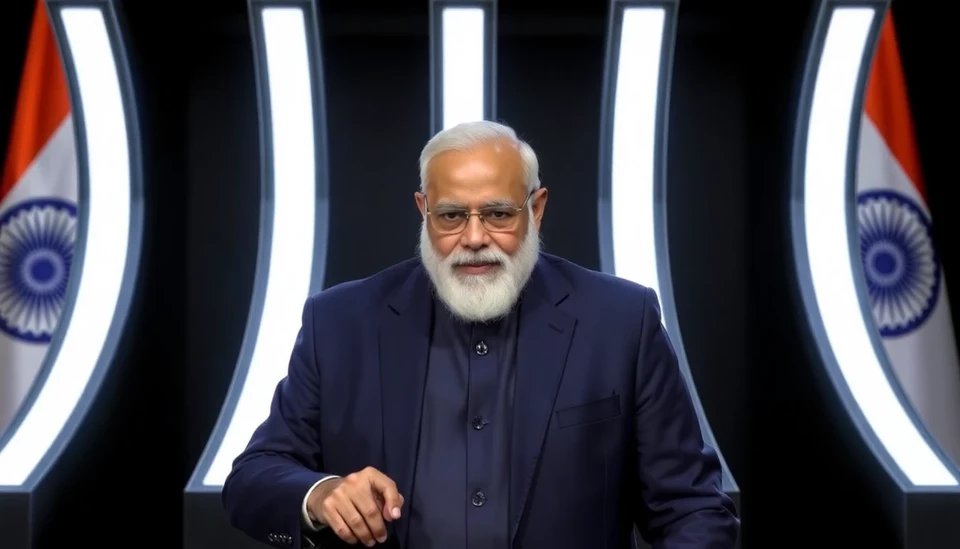
In a significant move aimed at promoting trade and economic growth, the Indian government has announced a series of tariff cuts that signal a departure from recent protectionist measures. This decision is part of a broader strategy to encourage domestic industries while engaging more robustly with global markets.
The Indian Finance Minister detailed the changes during a recent press conference, outlining how the reduced tariffs would affect various sectors, particularly manufacturing and technology. The initiative is expected to lower the cost of imported goods, making them more accessible to consumers and businesses alike, which aligns with India's goal of enhancing its competitiveness on the international stage.
The rationale behind this decision is grounded in the belief that reducing tariffs will not only stimulate economic activity but also attract foreign investment. By making imports cheaper, the government hopes to pressure domestic producers to innovate and improve efficiency, ultimately benefiting the consumer and the economy overall.
This pivot comes at a crucial time, as India has faced criticism for its protectionist policies in recent years, which have been perceived as hindering trade relationships with numerous countries. The cuts are seen as a proactive step in reinforcing India's commitment to free trade principles while simultaneously securing its economic growth objectives.
Industry experts have reacted positively to the announcement, suggesting that the move could enhance India's export potential, especially in sectors heavily reliant on imported raw materials and components. The anticipated increase in operational efficiency among manufacturers could further solidify India’s position in the global supply chain.
However, some analysts caution that the effectiveness of these tariff cuts will largely depend on how they are implemented and whether industries can adapt to the increased competition from foreign companies. Questions remain regarding the timing and scope of the reductions, as businesses will need time to adjust to the new market dynamics.
Overall, India's latest tariff cuts mark a notable shift in policy that emphasizes a more open and market-driven economy. The government is keen on showcasing its commitment to international trade, hoping to reinvigorate its manufacturing sector and particularly attract investments from overseas markets.
As the world watches closely, the future of India's trade policy will be closely scrutinized, particularly in an era where global economic conditions continue to evolve rapidly. The potential ripple effects of these changes could influence not just India's economy but also wider economic interactions across Asia and beyond.
In conclusion, the recent tariff reductions form part of a calculated strategy by the Indian government to balance domestic interests with the need for global engagement, making it a pivotal moment in India's economic journey.
#India #TariffCuts #GlobalTrade #Economy #Manufacturing #TradePolicy #Investment #FreeTrade
Author: Rachel Greene




